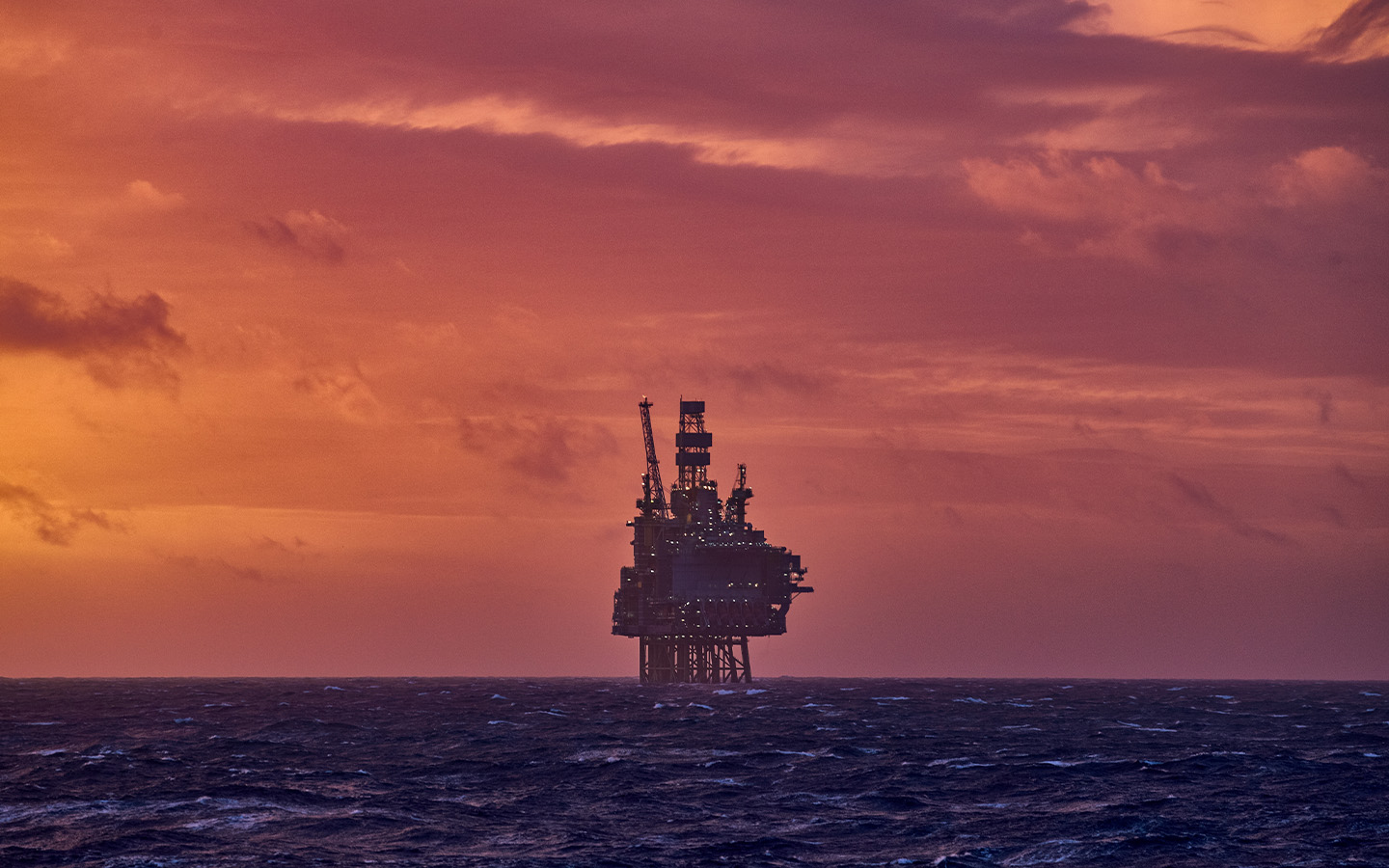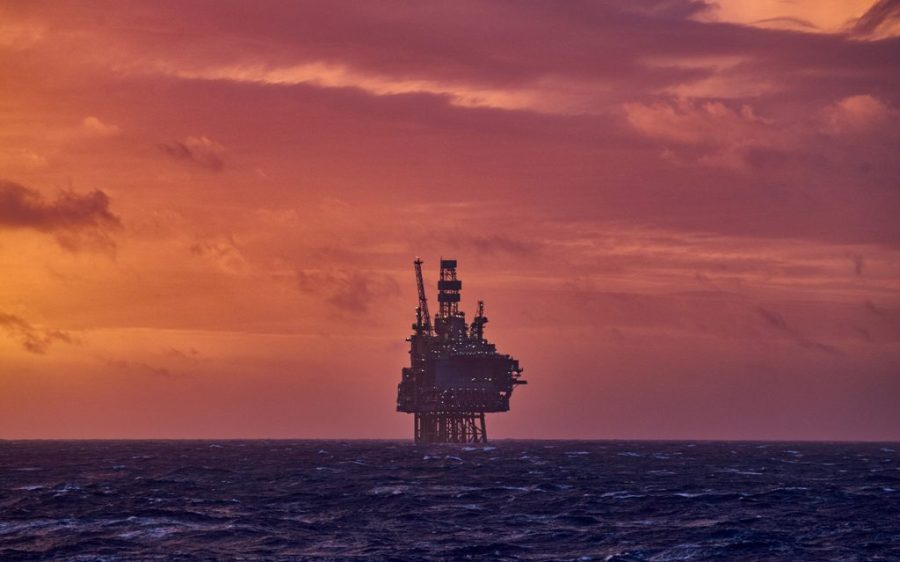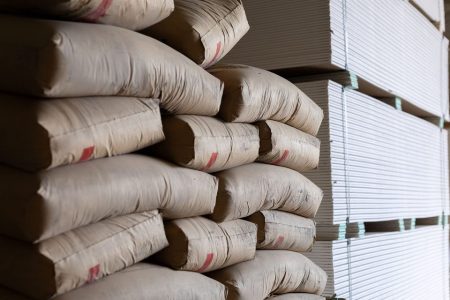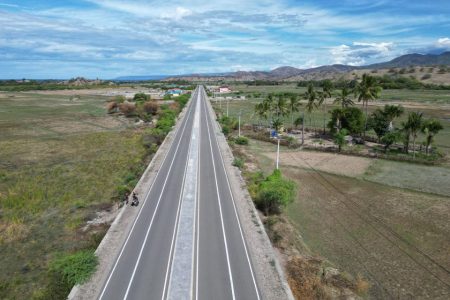Timor-Leste is pushing to revive the Tasi Mane project, promising returns of up to US$52 billion by 2056 with development of the energy industry infrastructure, reports Portuguese news agency Lusa.
Francisco da Costa Monteiro, the petroleum and minerals minister, told a national seminar that studies on the Tasi Mane project, named for the sea along which the infrastructure will be built, have determined the feasibility of a liquified natural gas (LNG) plant and refinery.
The Timorese government has already initiated the public consultation process to explain the project’s impacts and benefits to the population, and further studies have been conducted to minimise environmental and community impacts.
Some work has also begun in municipalities along the southern coast, including in the three key industrial hubs of Suai, Betano and Beaco. Monteiro pointed to multiple works that had started in Suai, near the border with Indonesia, and said studies are “currently underway in Natarbora and other areas.”
[See more: Timor-Leste revs up spending in spite of World Bank call for restraint]
The seminar centred on the challenges and sustainability of Timor-Leste’s Petroleum Fund and alternative revenue streams after the Bayu-Undan oil field ceases production.
The progress of the US$40 million Tasi Mane project will largely rely on whether the country wins its long fight to have the Greater Sunrise field connect directly to Timor-Leste. The massive undeveloped field, located 150 kilometres from Timor-Leste and 450 kilometres from Australia, boasts an estimated 5.1 trillion cubic feet of dry gas and 226 million barrels of condensate.
While a mandated conceptual study by British company Wood confirmed the project’s viability in Timor-Leste, an official decision on where these vast resources will be processed has yet to be announced.
Timorese authorities consider a pipeline connection to their southern coast to be strategic for economic growth, even though it offers a lower proportion of revenue (70 percent) compared to processing in Darwin (80 percent). Providing infrastructure and support for offshore activities in Timor-Leste is expected to attract foreign investment, generate numerous job opportunities, stimulate the local economy and support refinement of other petroleum resources.






